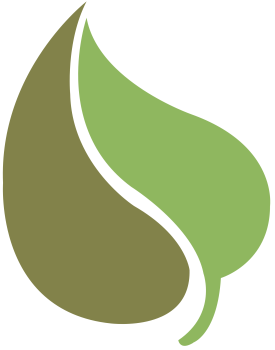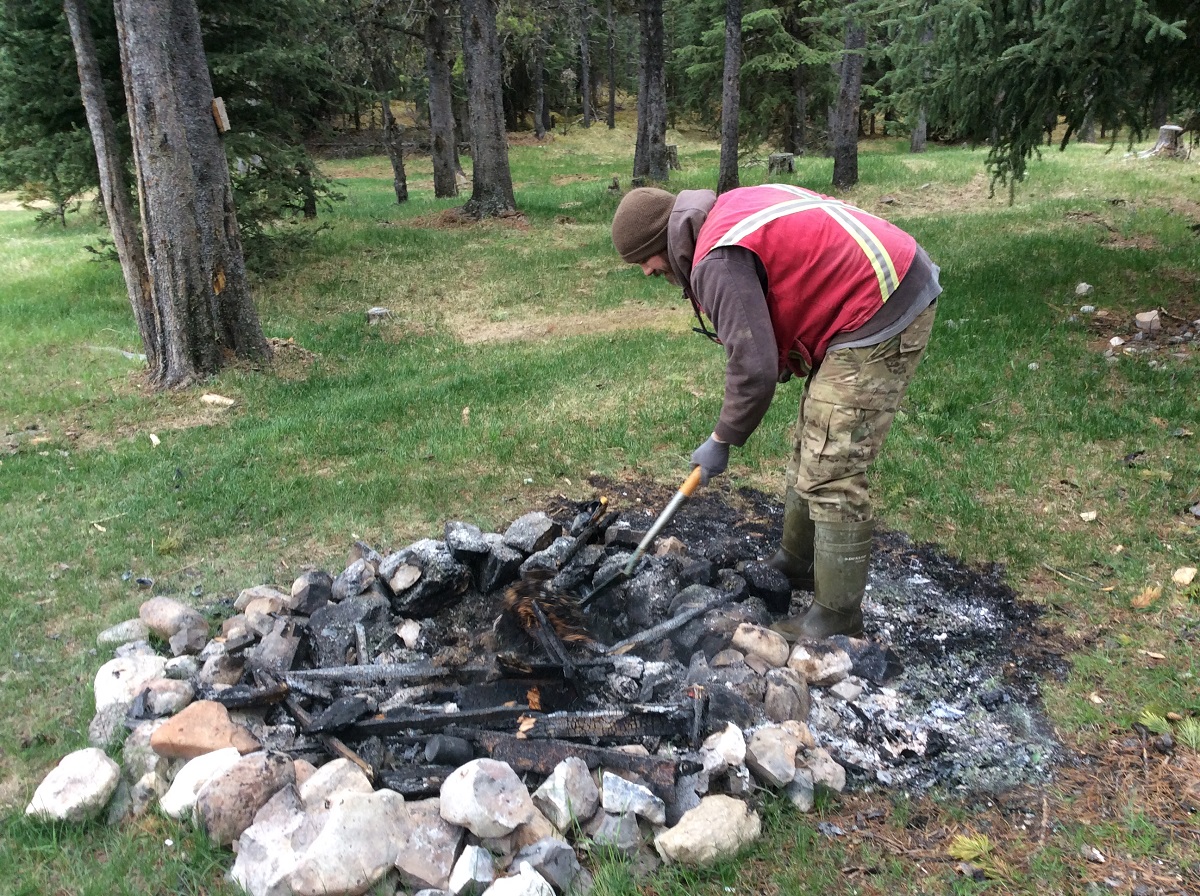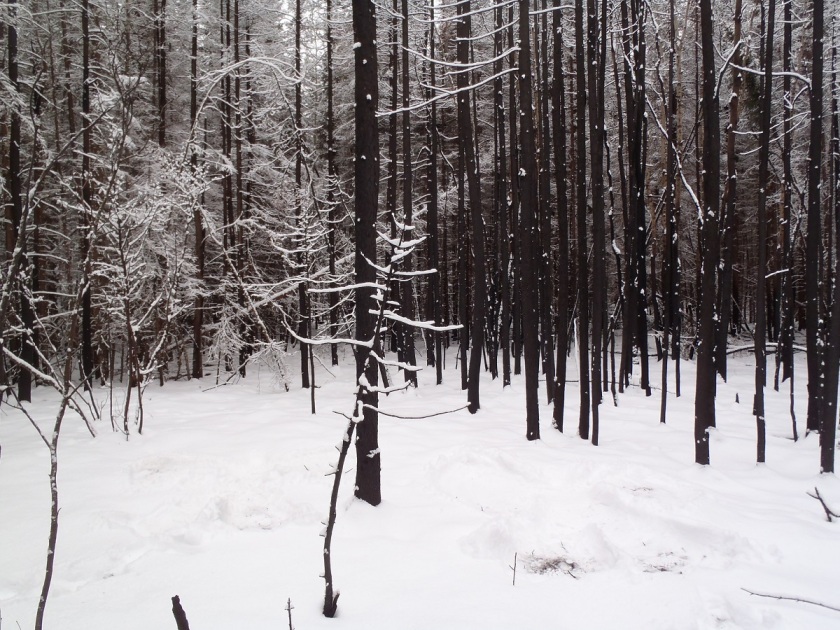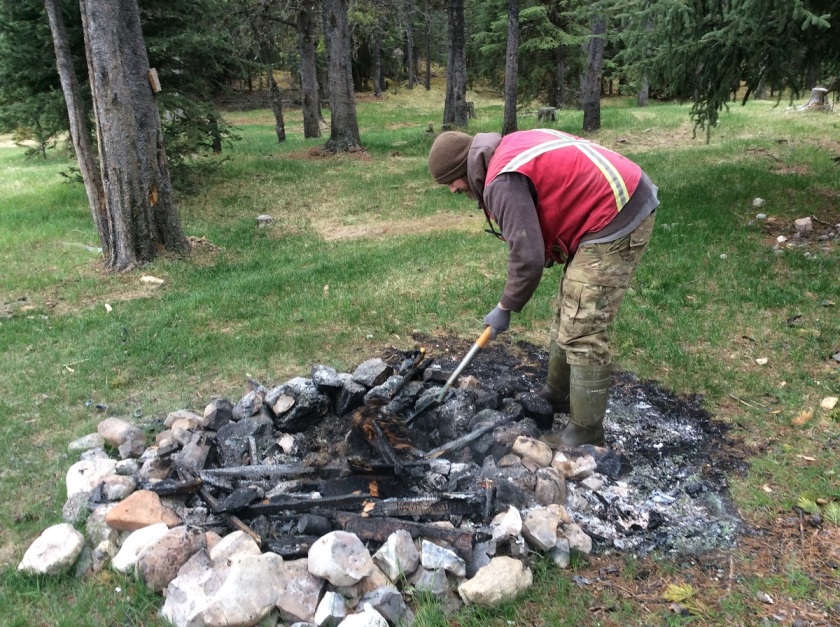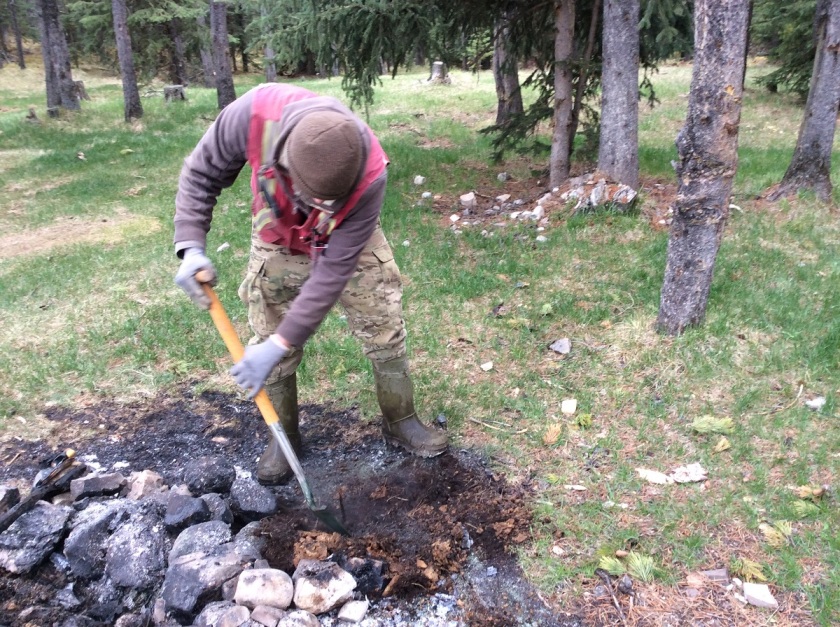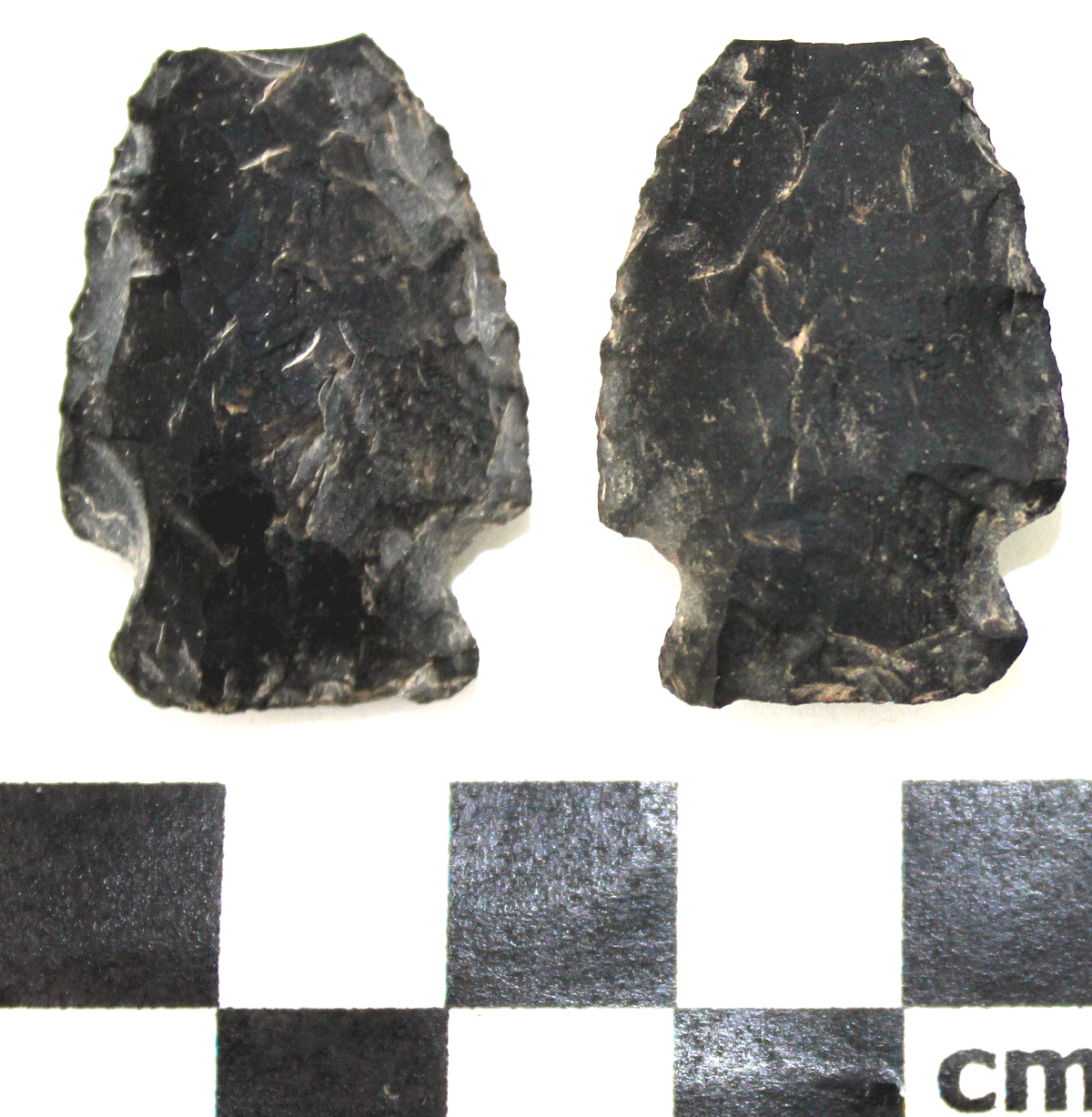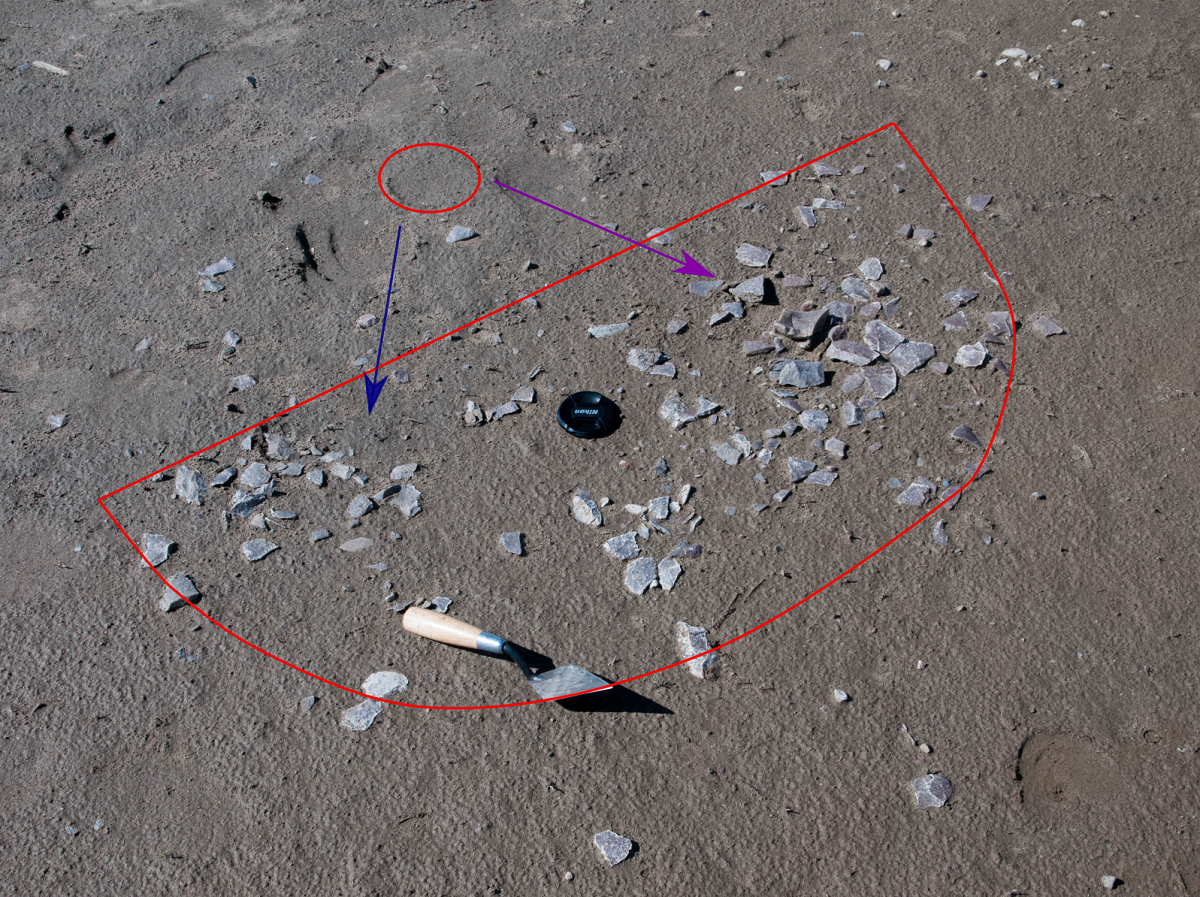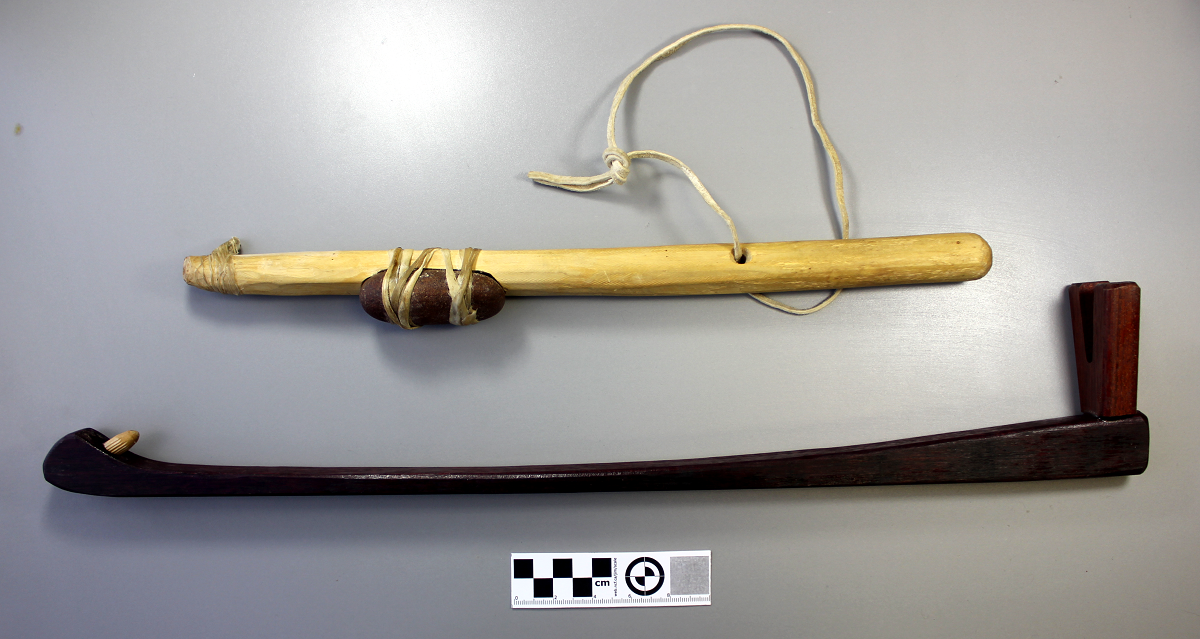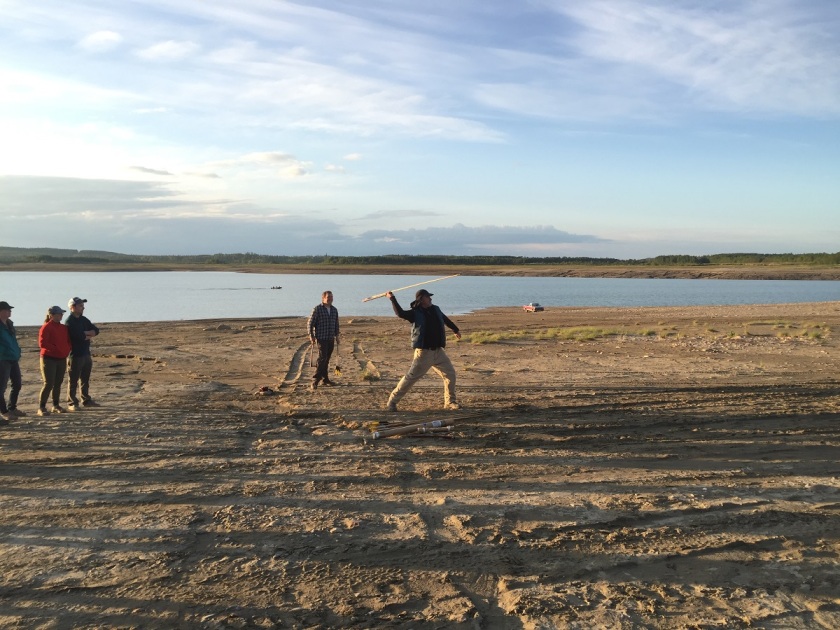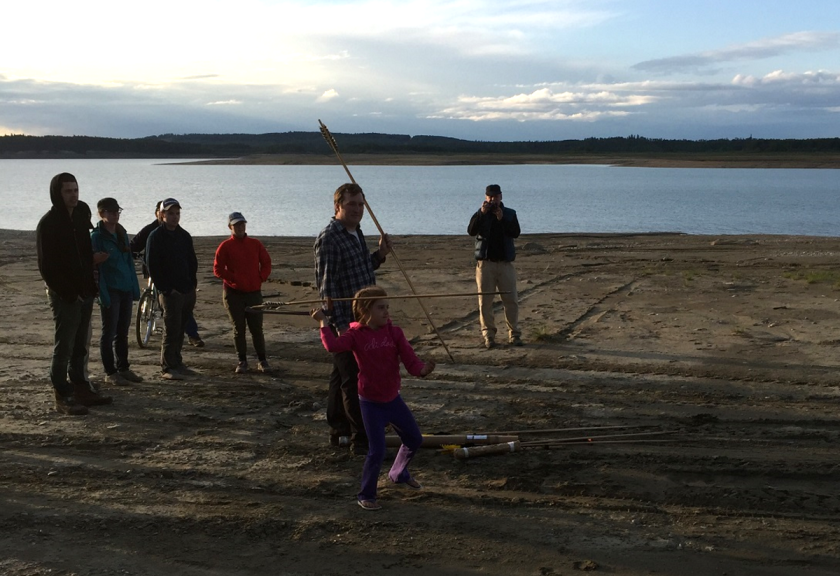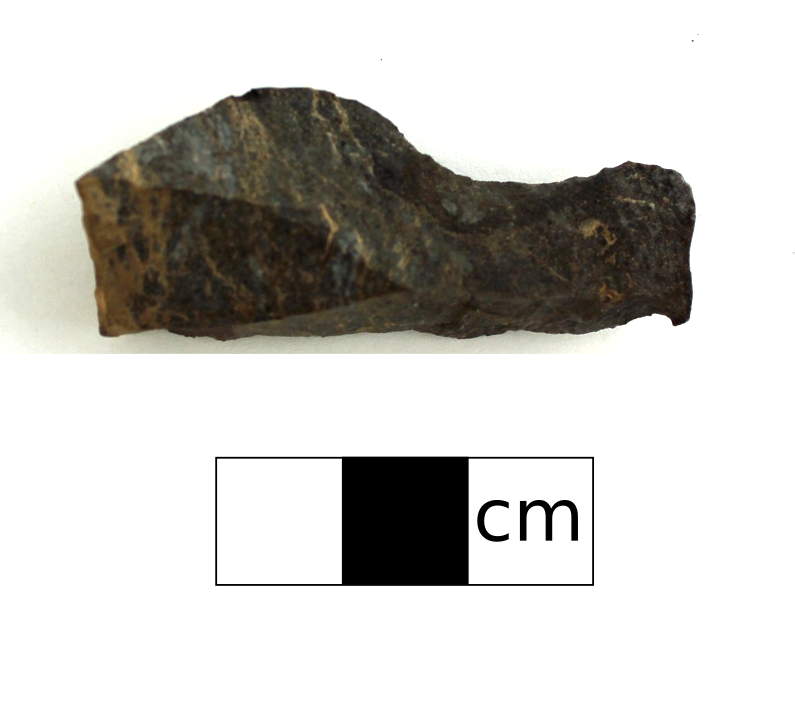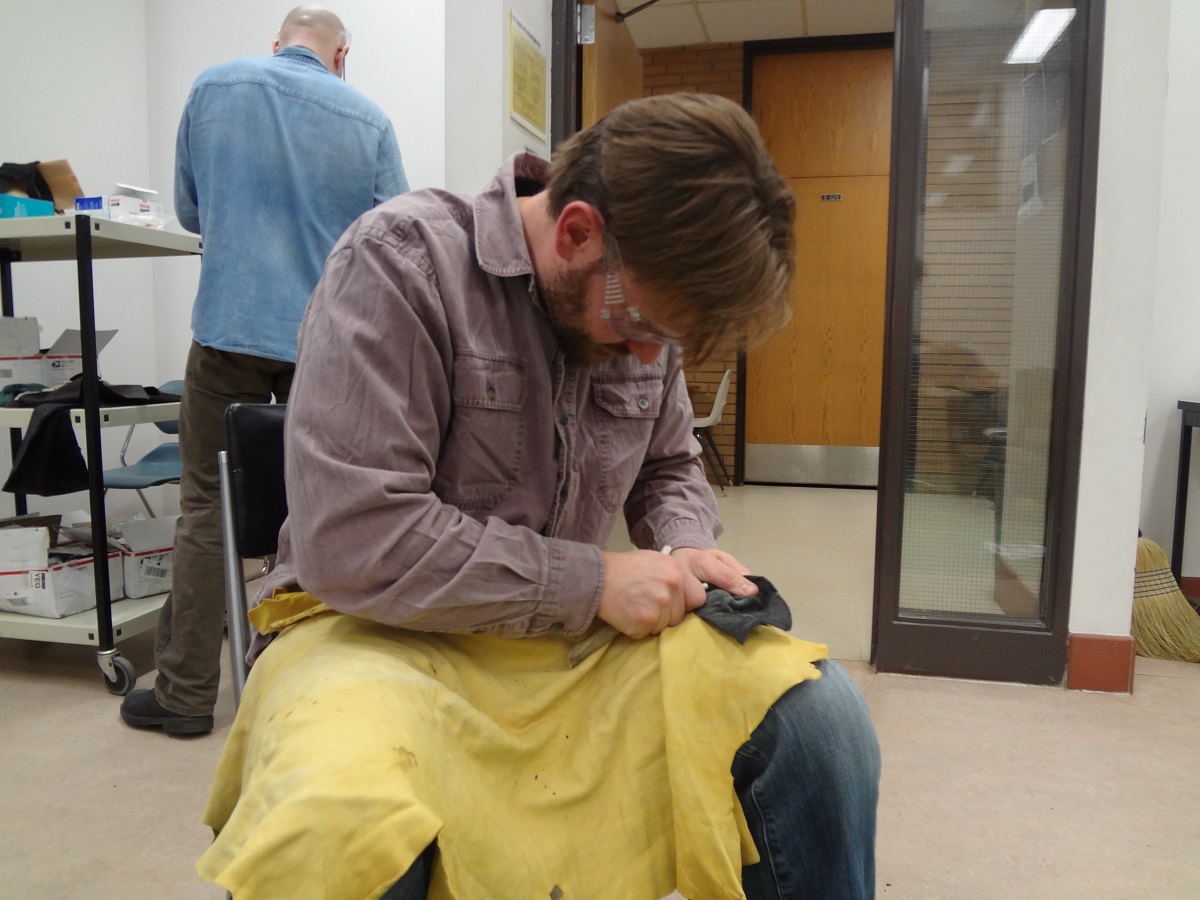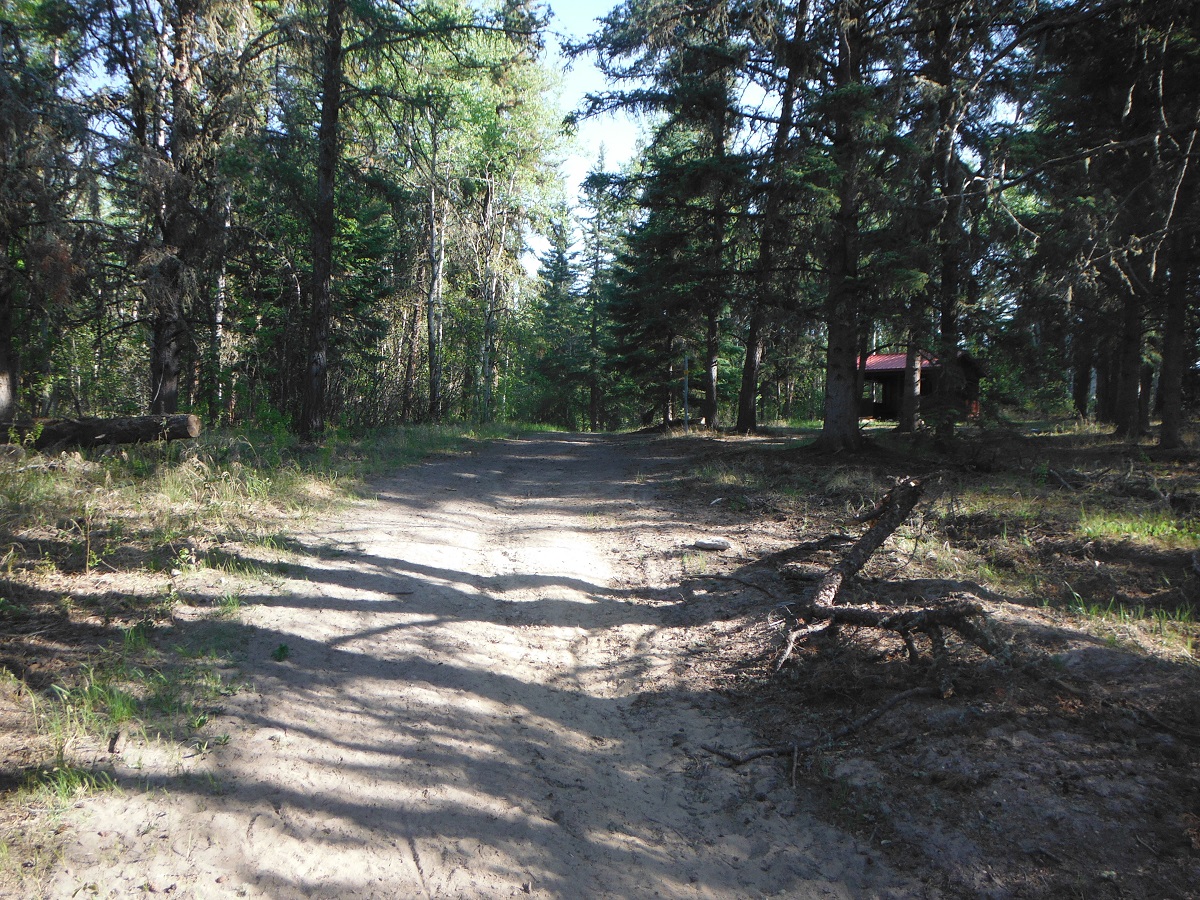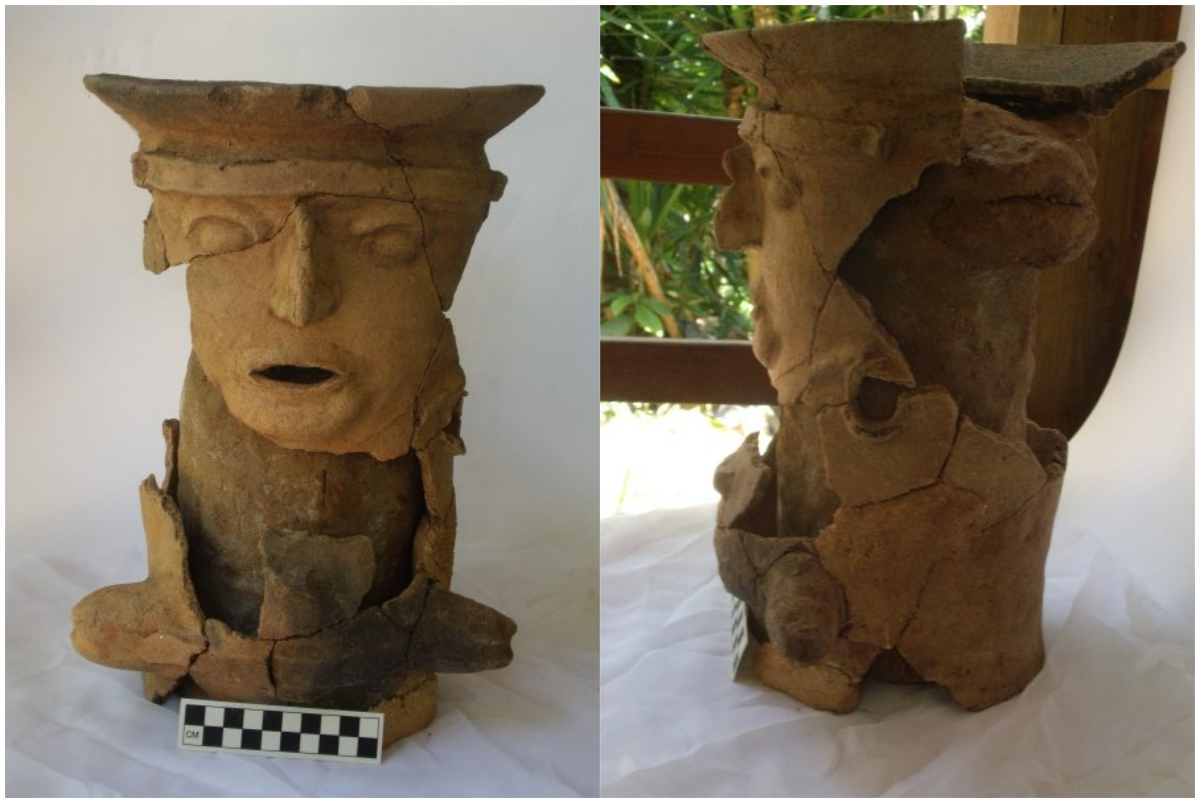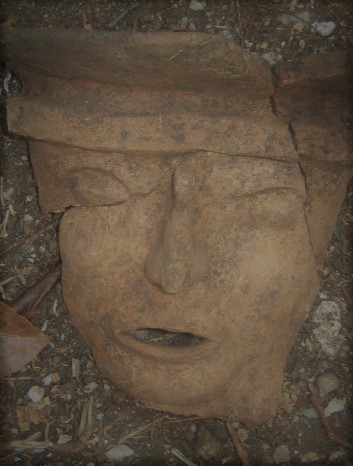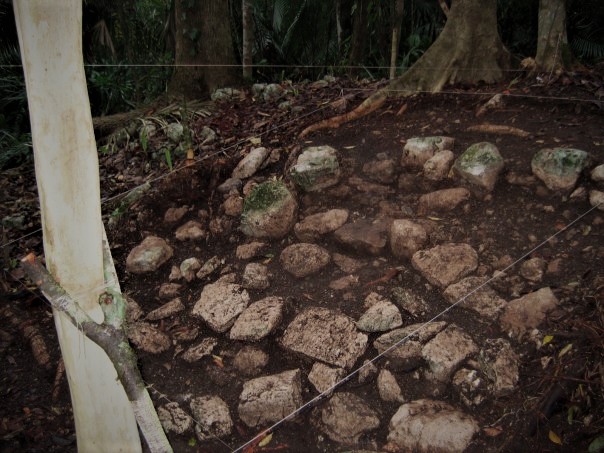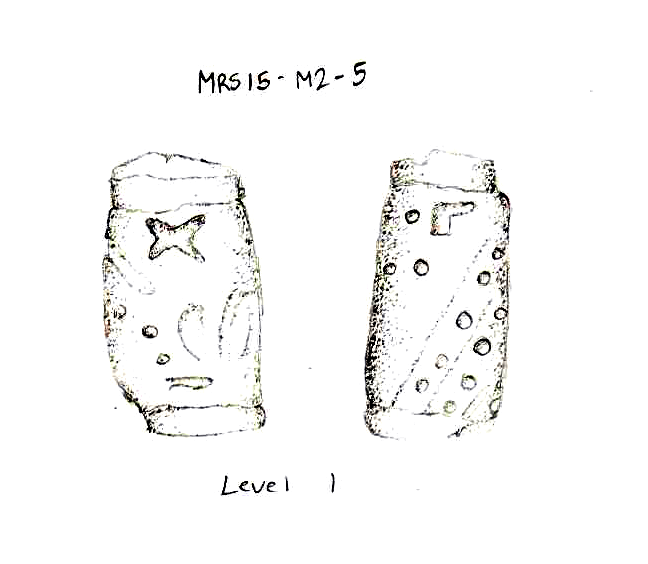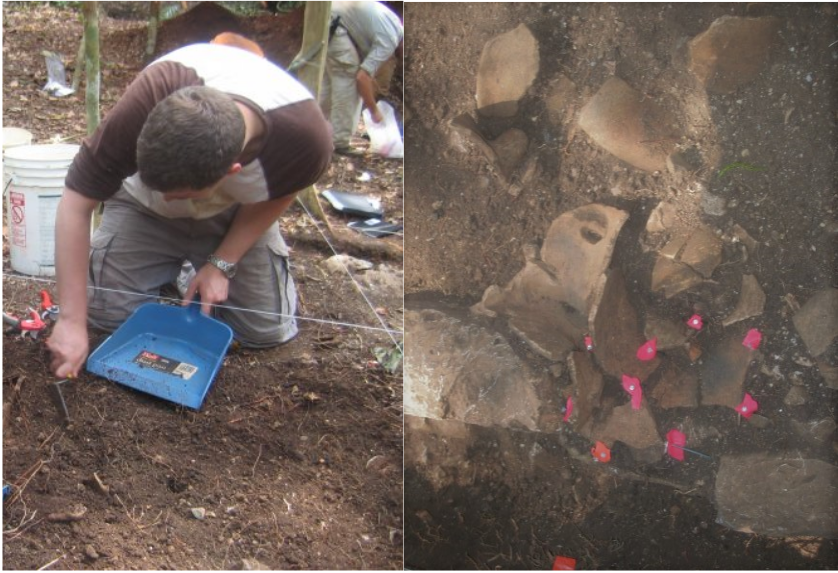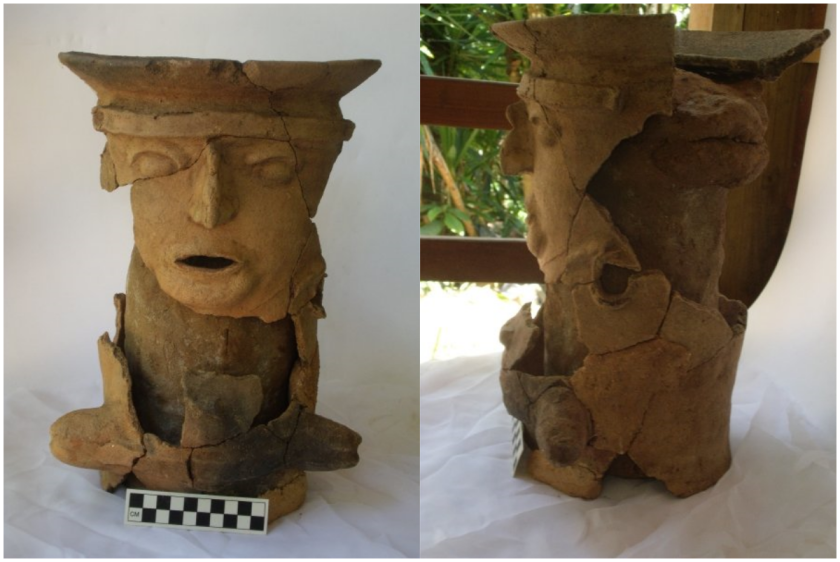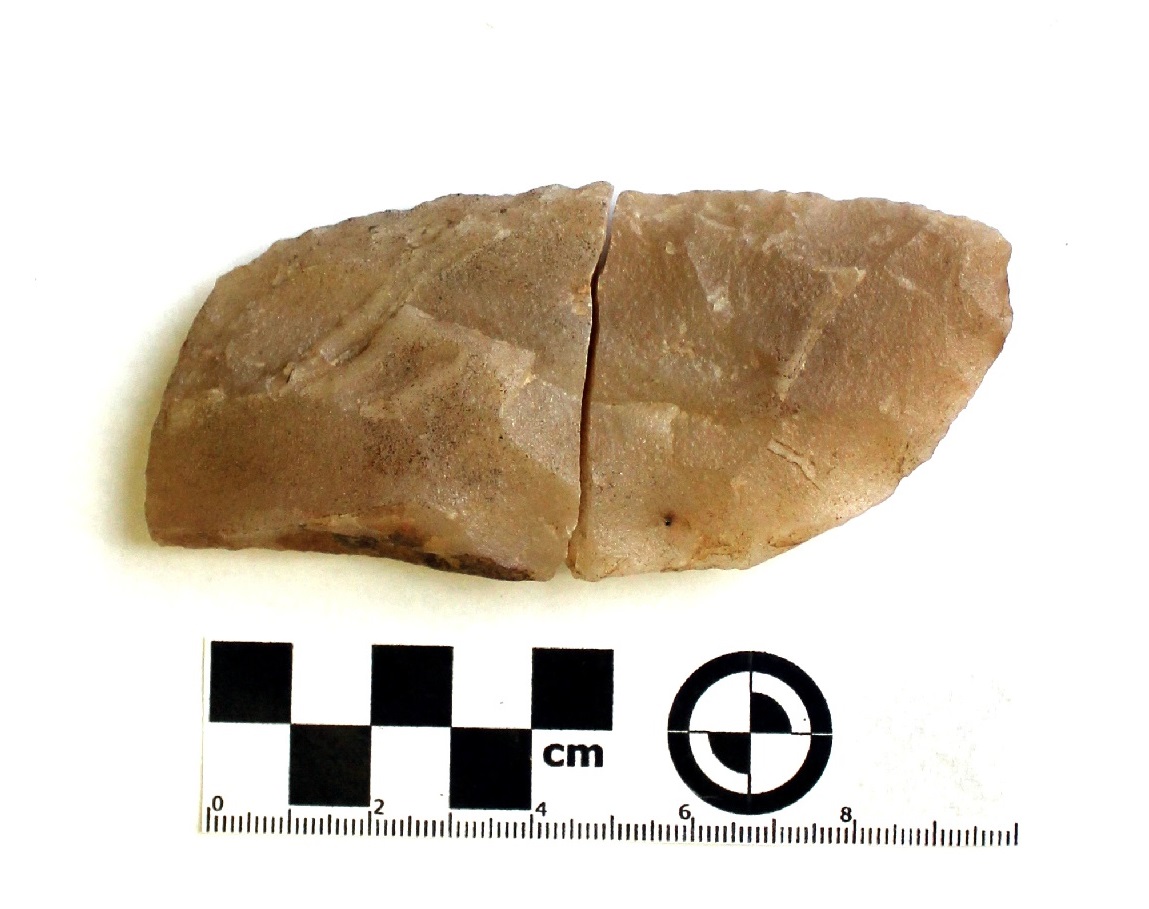As part of the upcoming expansion of Fort Edmonton Park, an Indigenous Peoples Experience exhibit is being added. The multimedia exhibit will educate visitors about the Indigenous histories and cultures of the Edmonton region in an engaging and interactive way. The exhibit will include an outdoor amphitheatre, teepees, campsite recreations, and an indoor arena show.
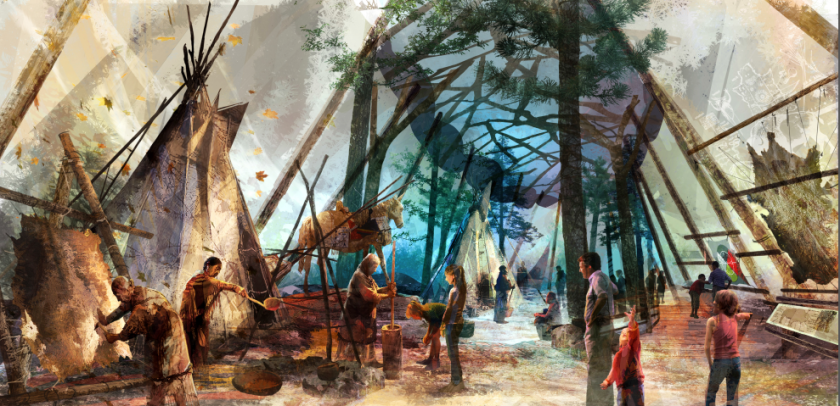
For the purposes of authenticity, the park contracted Corey and Brittany, with another independent contractor, Alexandra Burchill, to do historical research on the Edmonton region during the period of 1600-1850 AD. Their research will be used to inform the exhibit content and educate the interpretive staff. The team analyzed several different source materials including: primary sources, secondary sources, archaeological reports, archival records, and recorded oral histories.
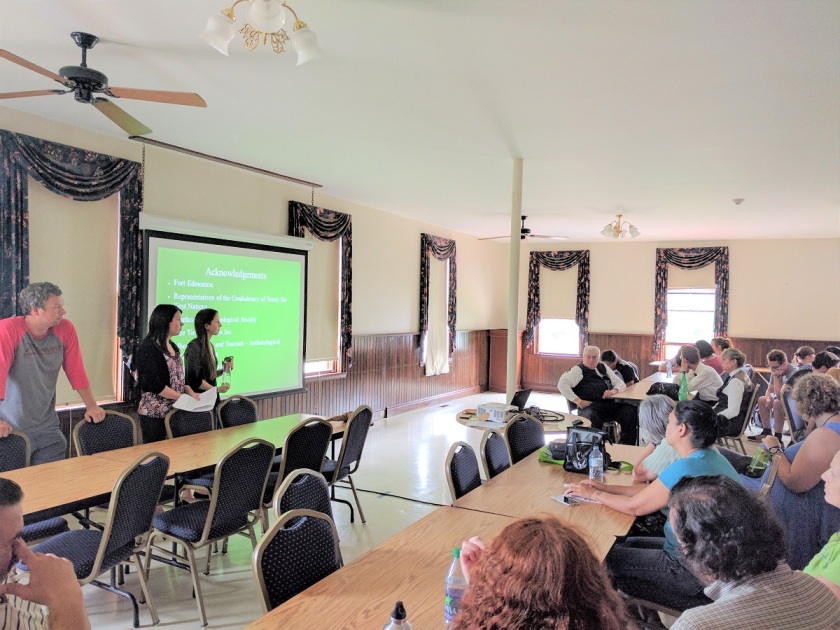
The team also took part in a training program for the interpretative staff. Corey, Brittany, and Alex spent two evenings with the Fort Edmonton Park interpreters presenting their research. They also had several artifact reproductions for the staff to touch and ask questions about. Several staff took the opportunity to try ancient tool technologies such as the bow drill and atlatl throwing.
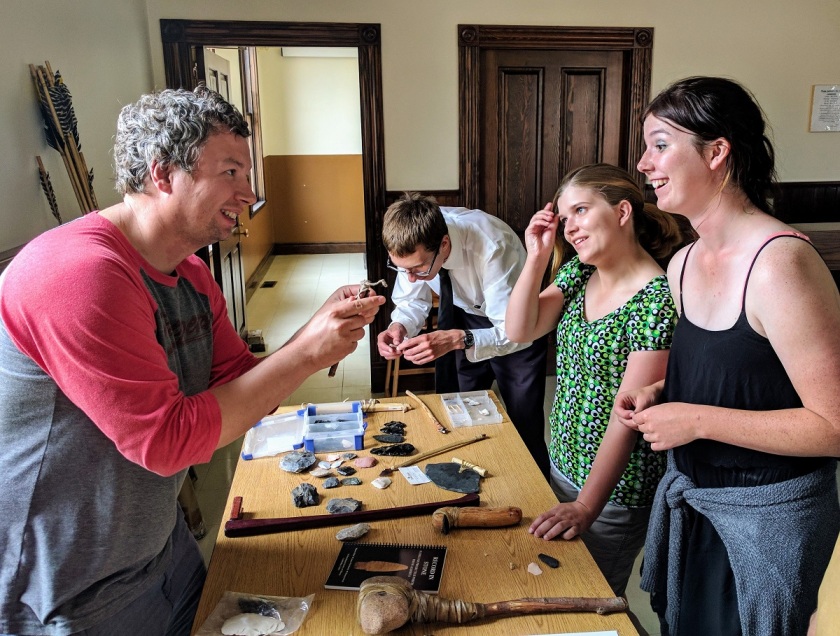
As part of the research process, Treaty Six Elders were consulted and collaborated with to ensure the accuracy of research and identify areas that conflict with Indigenous knowledge, oral traditions, and culturally sensitive topics. Several stories told to us by the Elders were incorporated into the synthesis report including a story of an Elder that remembered his mother using a sharp obsidian flake to make small incisions on his temples to relieve headaches. We found this story to be an interesting addition to our discussion of the persistence of stone tool technologies after the introduction of European goods.
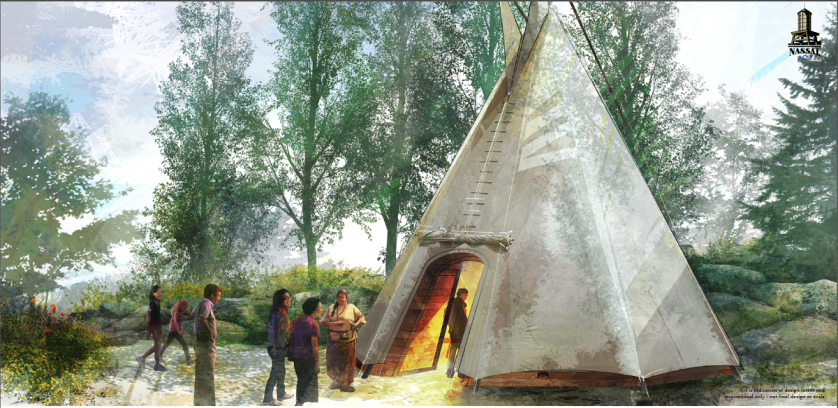
The project was a very educational experience for the research team learning a lot about the history of the Edmonton river valley. But more importantly, the project brought us together with many different people, all united by a love of history and respect for the Indigenous past of the place we all call home.
